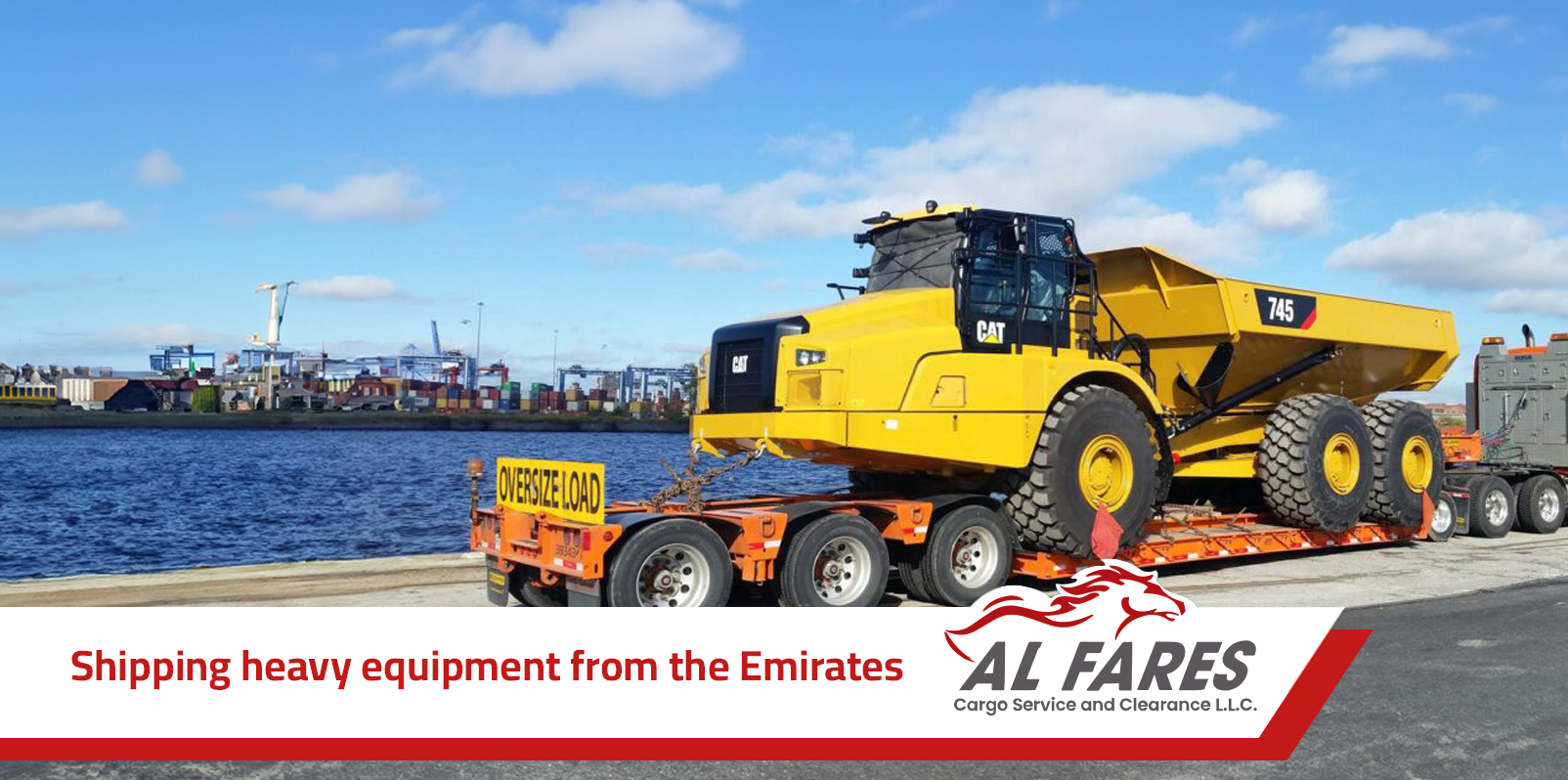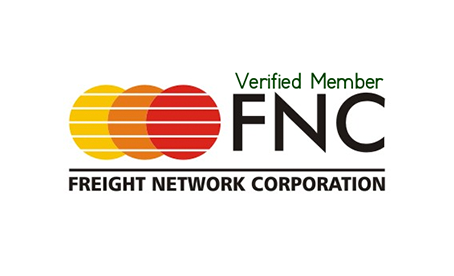Shipping heavy equipment from the UAE to Gulf and Middle Eastern countries via road transport is a vital operation that supports infrastructure and major projects in the region. The UAE’s strategic location and advanced logistics services make it a key hub for exporting heavy equipment. This process requires careful planning and high coordination to ensure that equipment arrives safely and on time, considering the local laws and regulations of each country.
In this article, we will highlight the importance of shipping heavy equipment and the procedures taken to complete this process safely and efficiently, along with examples of heavy equipment shipped from Dubai and the UAE to Gulf and Middle Eastern countries via road transport.
Importance of Shipping Heavy Equipment from the UAE to the Gulf and Middle East:
Shipping heavy equipment from Dubai and the UAE to the Gulf and Middle East via road transport is significant for several reasons:
- Supporting Major Projects:
Heavy equipment is essential for major infrastructure projects such as building roads, bridges, and large buildings. The UAE is a primary supplier of this equipment, contributing to the acceleration of these projects in the Gulf and Middle East. - Cost and Efficiency:
Road shipping is often more cost-effective than other shipping methods, such as air or sea freight, especially when it comes to transporting heavy equipment that requires special arrangements. - Flexibility in Transport:
Road shipping offers greater flexibility in determining and adjusting transport routes as needed, making it easier to reach remote project sites. - Logistical Integration:
The UAE has an advanced logistical infrastructure that includes modern road networks and state-of-the-art storage facilities, facilitating road shipping and ensuring timely and safe delivery of equipment. - Compliance with Laws and Regulations:
Road shipping from the UAE allows for adherence to the local laws and regulations of each country, minimizing legal risks and ensuring a smooth shipping process for heavy equipment. - Enhancing Trade Relations:
Road shipping strengthens trade relations between the UAE and Gulf and Middle Eastern countries, facilitating the movement of goods and the exchange of expertise and technologies.
Examples of Heavy Equipment Shipped from the UAE:
Shipping heavy equipment from Dubai and the UAE to Gulf and Middle Eastern countries via road transport includes a variety of machinery used in infrastructure and industrial projects. This equipment is shipped using specialized trucks such as low beds and flatbeds, ensuring safe and timely delivery to support various projects in the region. Here are examples of such equipment:
- Cranes: Used for lifting and moving heavy materials at construction sites and ports, including tower cranes and mobile cranes.
- Bulldozers: Essential for grading land and clearing obstacles, critical in large construction projects.
- Excavators: Used for digging trenches and foundations, necessary for construction and mining projects.
- Dump Trucks: Used to transport bulk materials like sand, gravel, and soil to and from construction sites.
- Forklifts: Used for moving and storing materials in warehouses and factories.
- Generators: Specialized in providing power at construction sites and industrial projects.
- Agricultural Machinery: Such as tractors and harvesters used in large agricultural projects.
Method of Road Shipping Used for Heavy Equipment from the UAE:
The road shipping process for heavy equipment from the UAE to the Gulf and Middle East involves several steps to ensure the safe and timely arrival of the shipment at its destination. Here are the steps followed in this process:
Delivering Equipment to the Shipping Company:
- Initial Assessment: The process begins with the shipping company assessing the heavy equipment to determine the best way to transport it.
- Documentation: All necessary documents are prepared, including invoices, packing lists, transit permits for international roads, and insurance certificates.
Packaging and Securing:
- Packaging: Equipment is packaged using durable materials to protect it from shocks and vibrations.
- Securing Inside the Truck: The equipment is secured inside the truck using straps and special securing tools to ensure it does not move during transport.
Loading:
- Using Cranes: Cranes or forklifts are used to load heavy equipment onto the truck.
- Ensuring Balance: Weight is evenly distributed inside the truck to avoid any issues during transit.
Transport:
- Route Selection: The best roadways are chosen to ensure the safety of the shipment and minimize risks.
- Escort Vehicles for Safety: Specialized escort vehicles equipped with safety signals and guidance are used to lead and follow the truck for traffic safety.
- Monitoring: Tracking technologies are used to monitor the shipment in real-time and ensure it proceeds as planned.
Customs Clearance:
- Clearing at the Border: Upon reaching the border, the shipment undergoes customs clearance using the pre-prepared documents.
- Cooperation with Agents: Local shipping and customs clearance agents cooperate to facilitate the customs process.
Unloading and Delivery:
- Unloading: Upon arrival at the destination, suitable cranes are used to unload the equipment from the truck.
- Final Inspection: The equipment is inspected to ensure it has not sustained any damage during transit.
- Delivery: The equipment is delivered to the client along with all necessary documentation.
Types of Trucks Used for Heavy Equipment Road Shipping:
- Flatbed Trucks: Used to transport heavy equipment with low heights and weights.
- Low bed Trailers: These trucks are specially designed to transport tall and heavy equipment that cannot be transported by regular trucks.


 Track Your Shipment
Track Your Shipment
 Online Enquiry
Online Enquiry
 Sign In
Sign In
 English
English

 Alfares Cargo
Alfares Cargo
 Logistic Informations
Logistic Informations
 2024-10-23
2024-10-23












